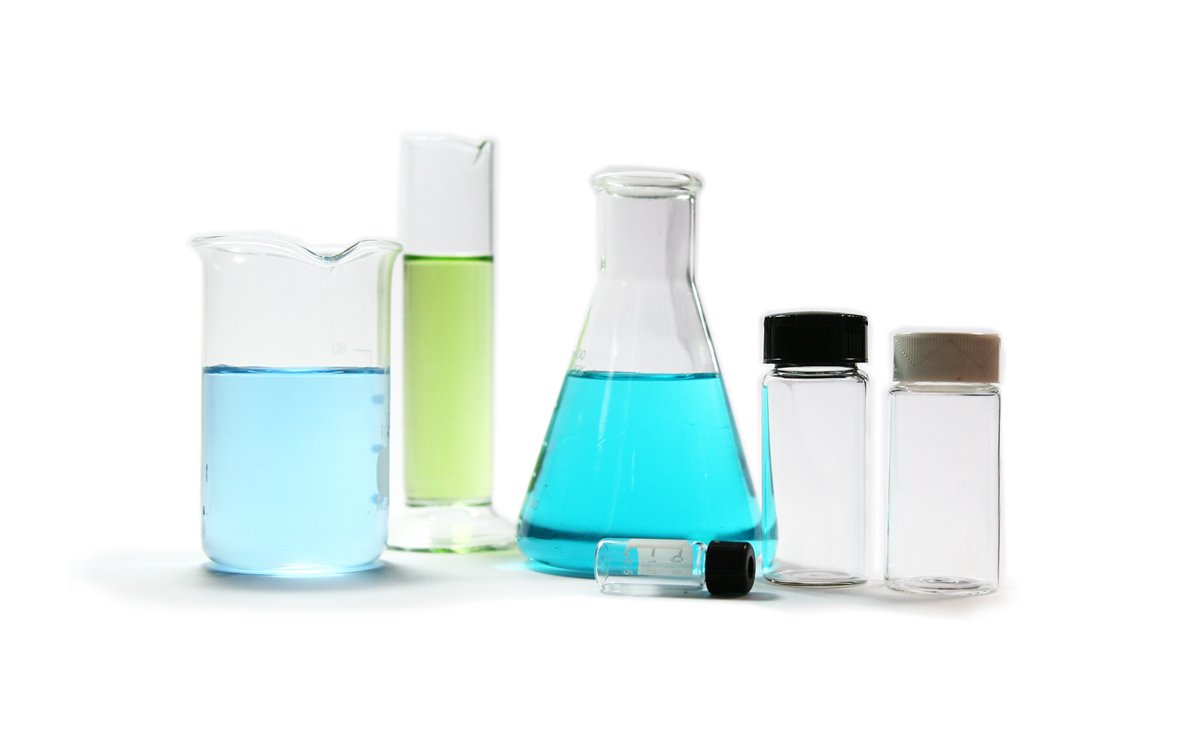New publication:
Nafeezuddin Mohammad, Chiemeka Chukwudoro, Sujoy Bepari, Omar Basha, Shyam Aravamudhan, Debasish Kuila,
Scale-up of High-Pressure FT Synthesis in 3D Printed Stainless Steel Microchannel Microreactors: Experiments and Modeling,
Catalysis Today,
2021,
,
ISSN 0920-5861,
Link here
Abstract: Scale-up of Fischer-Tropsch (F-T) synthesis using microreactors is very important for a paradigm shift in the production of fuels and chemicals. The scalability of microreactors for F-T Synthesis was experimentally evaluated using 3D printed stainless steel microreactors, containing seven microchannels of dimensions 1000µm × 1000µm × 5cms. Mesoporous silica (KIT-6), with high surface area, containing ordered mesoporous structure was used to incorporate 10% cobalt and 5% ruthenium using a one-pot hydrothermal method. Bimetallic Co-Ru-KIT-6 catalyst was used for scale-up of F-T Synthesis. The performance of the catalysts was evaluated and examined for three different scale-up configurations (stand-alone, two, and four microreactors assembled in parallel) at both atmospheric pressure and 20bar at F-T operating temperature of 240 ˚C using a syngas molar ratio (H2:CO) of 2. All three configurations of microreactors yielded not only comparable CO conversion (85.6% to 88.4%) and methane selectivity (~14%) but also similar selectivity towards lower gaseous hydrocarbons like ethane, propane, and butane (6.23% to 9.4%) observed in atmospheric F-T Synthesis. The overall selectivity to higher hydrocarbons, C5+ is in the range of 75% to 82% at 20 bars. A CFD model was used to investigate the effect of different design features and numbering up approaches on the performance of the microchannel reactor. The effect of the reactor inlet, the mixing internals and the channel designs on the dead zone %, the quality index factor, the cooling requirement and the maximum dimensionless temperature within the microreactor were quantified. There is no significant effect of increasing the channel width on the microreactor performance and operation of the microchannel reactor at lower Nusselt number that results in higher CO conversion. Increasing the channel width reduced the maximum temperature exhibited in the channel. Finally, the effect of increasing the y/x stacking ratio, i.e. having more reactor units in parallel compared to series, was investigated. Increasing the y/x ratio increased the cooling requirement and the maximum dimensionless temperature increase within the unit will decrease the productivity. To minimize the productivity losses, numbering up in series is the better approach; however further analysis must be done to delineate heat removal requirements.
Keywords: Cobalt bimetallic catalyst; Fischer-Tropsch Synthesis; 3D printed Microchannel; Microreactor; modelling of scaleup FT synthesis
